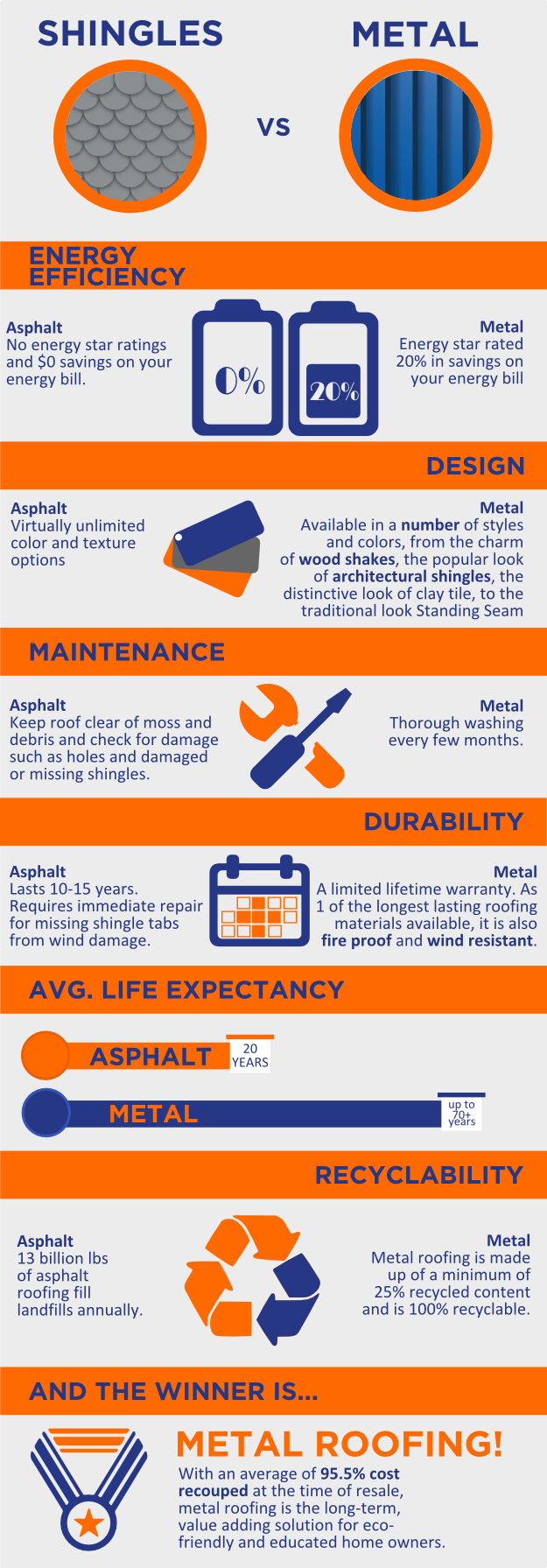When you're tackling a roof project, you may not believe much about roof covering ventilation, but it's even more crucial than you recognize. Efficient ventilation assists control temperature level and moisture in your attic room, preventing troubles like mold and architectural damage. By understanding just how to create and install a balanced ventilation system, you can boost power efficiency and prolong the life-span of your roof covering products. So, what are the key variables to think about during setup that can make all the difference?
Relevance of Roofing System Ventilation
Roofing system air flow plays an important function in keeping the overall wellness of your home. By permitting fresh air to flow through your attic room, it assists regulate temperature and dampness degrees. This balance is necessary to stop warm accumulation during hot months, which can lead to boosted power prices as your cooling works overtime.
Moreover, proper air flow significantly decreases the risk of moisture-related issues like mold and mildew. If moisture degrees climb, your home's structural honesty can be jeopardized, causing pricey repair work. You would not want to handle rotting wood or distorted roof products, right?
In addition, sufficient ventilation prolongs the life expectancy of your roofing system. When warmth and moisture are kept in check, your roof can carry out efficiently, protecting against premature deterioration. This implies fewer frustrations and expenditures down the line.
Exactly How Roof Covering Air Flow Functions
Effective roofing ventilation depends on the natural motion of air to create a balance between consumption and exhaust. When you install vents, you're basically allowing fresh air to enter your attic room while allowing warm, stale air to leave. This process helps regulate temperature level and wetness levels, stopping concerns like mold development and roofing system damage.
Consumption vents, usually located at the eaves, draw in trendy air from outside. Meanwhile, exhaust vents, located near the ridge of the roof covering, allow hot air surge and exit. The difference in temperature creates a natural airflow, called the stack result. As cozy air rises, it creates a vacuum cleaner that draws in cooler air from the reduced vents.
To optimize this system, you require to make certain that the intake and exhaust vents are properly sized and positioned. If mouse click the next internet page is limited, you will not accomplish the wanted ventilation.
Furthermore, sky construction services can trap heat and moisture, causing possible damage.
Secret Installation Considerations
When mounting roof air flow, numerous crucial considerations can make or break your system's efficiency. Initially, you require to analyze your roof covering's style. The pitch, form, and materials all affect air movement and ventilation selection. See to it to pick vents that match your roofing system type and neighborhood environment conditions.
Next off, consider the placement of your vents. Preferably, you'll want a well balanced system with intake and exhaust vents placed for optimal airflow. Location consumption vents short on the roof and exhaust vents near the height to motivate a natural flow of air. This setup helps avoid dampness build-up and advertises energy effectiveness.
Don't forget about insulation. Appropriate insulation in your attic stops warmth from getting away and maintains your home comfy. Make certain that insulation does not block your vents, as this can hinder airflow.
Finally, think of contractor for flooring . Choose ventilation systems that are simple to accessibility for cleaning and evaluation. Regular upkeep ensures your system remains to operate successfully with time.
Final thought
In conclusion, roofing system air flow is important for an effective setup. By making sure proper airflow, you can avoid heat buildup and dampness problems that cause costly damages. When you strategically position consumption and exhaust vents, you enhance power effectiveness and extend the life-span of your roofing system. Remember, a well-ventilated roof not just safeguards your investment yet also enhances your interior air quality. So, focus on air flow to guarantee a resilient and cost-effective roofing system for your home.
